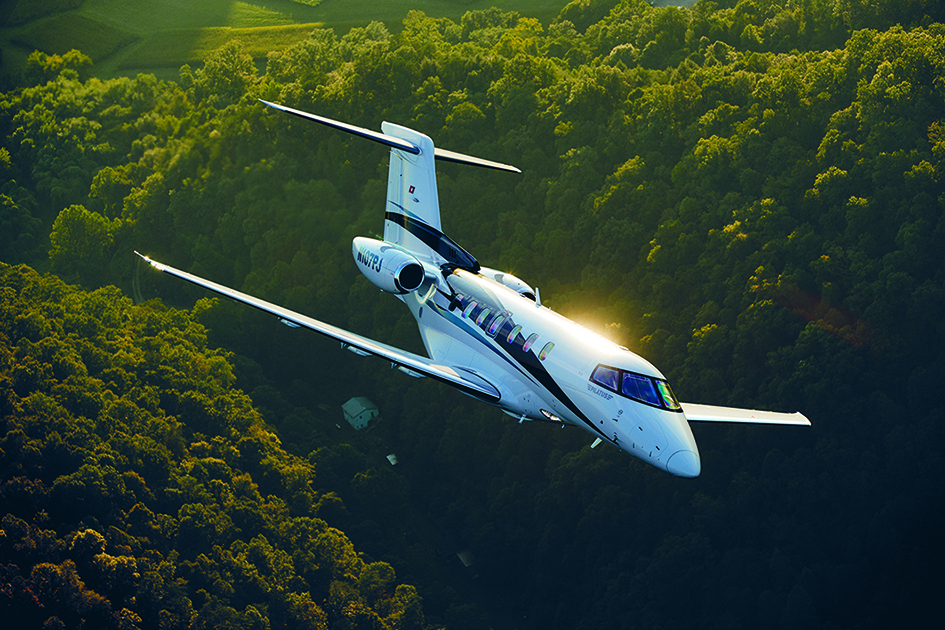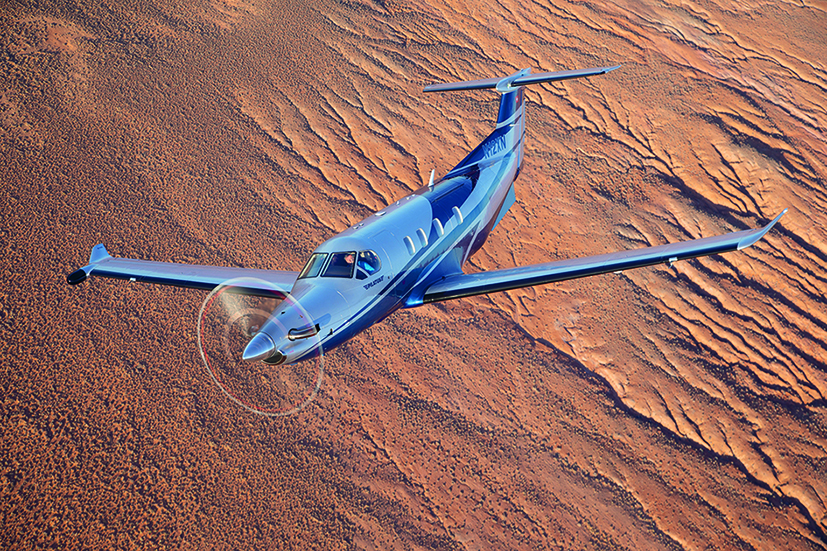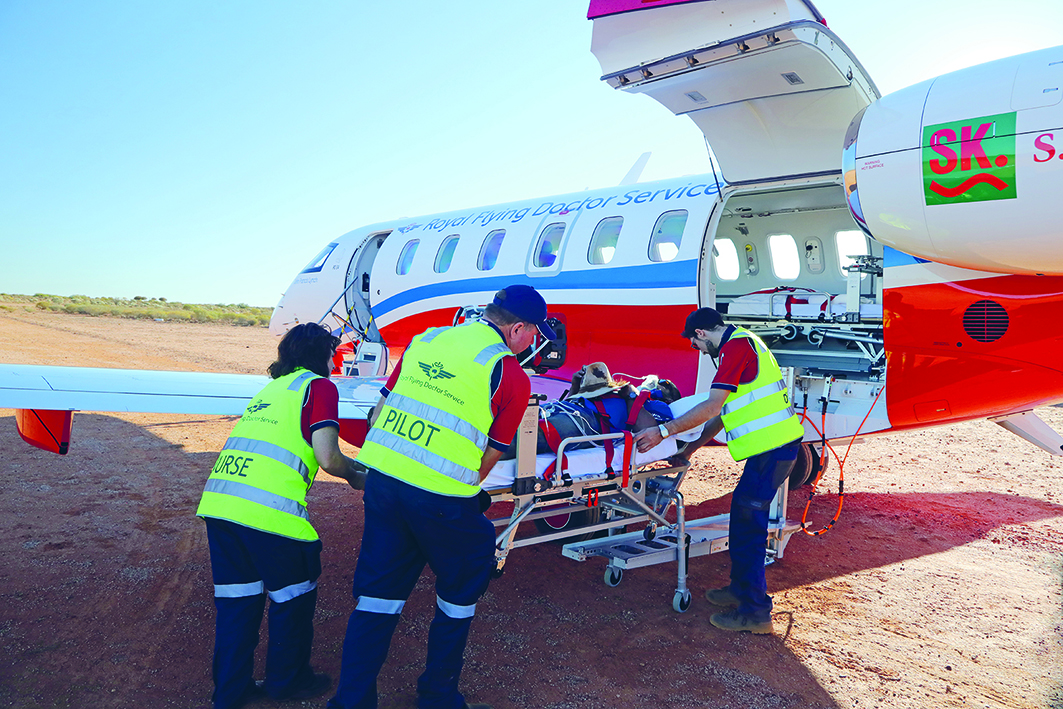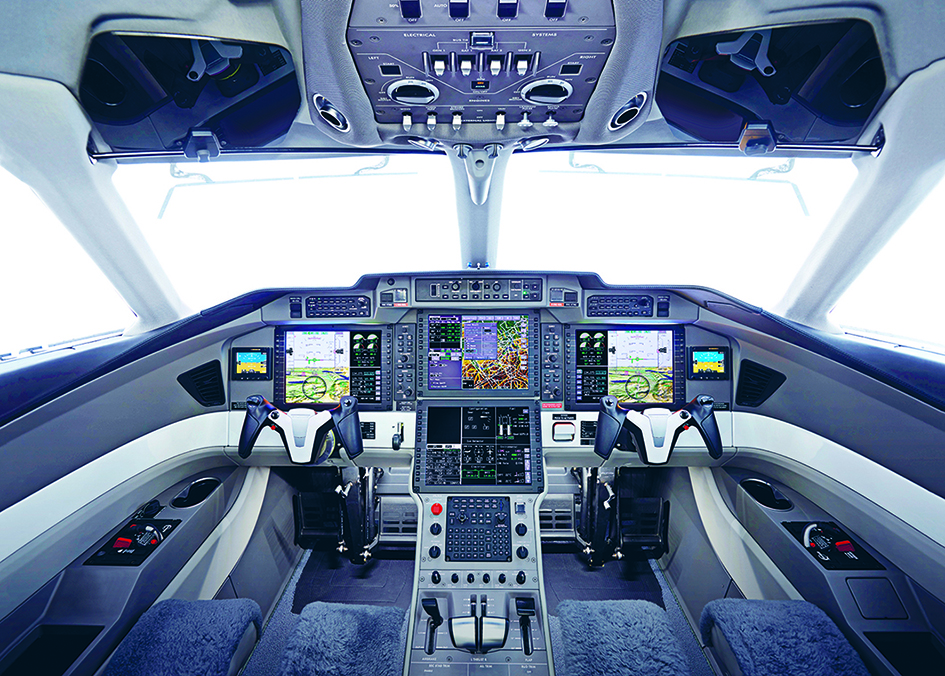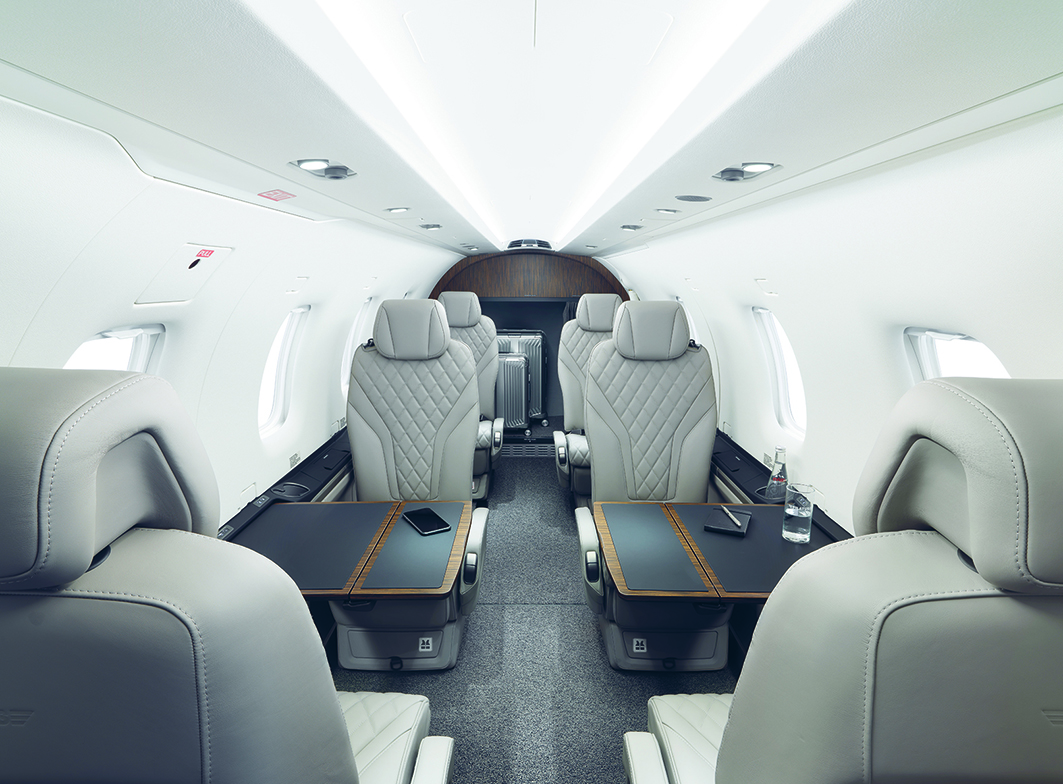Plane talk
Sebastian Lip, Chief Executive Officer at Pilatus Australia, runs Benn Marks through the Swiss aircraft manufacturer’s groundbreaking designs, touching on the state of aviation in the Asia-Pacific region and beyond.
Written by Benn Marks
18 August 2022
Chief Executive Officer at Pilatus Australia since 2005, Sebastian Lip’s first position at the company was as a demonstration pilot.
Here, he chats about the PC-12 Single-Engine Turboprop (SETP) and the PC-24 Super Versatile Jet (SVJ), which are both leading the way in Australasia’s unique conditions.
Ocean magazine: The Pilatus PC-24 was introduced into service in February 2018. How are sales progressing in Australia?
Sebastian Lip: Pilatus has delivered eight PC-24 aircraft into the region and sold out of future allocations until the first quarter of 2025. The PC-24, with its unique capabilities, has been a success for Pilatus in the region.
With operators such as the Royal Flying Doctor Service (RFDS) and numerous private owners, the PC-24 has proven itself in the harsh Australian operating environment.
With an ability to land on short, paved – and even unpaved – surfaces, as well as rear portside cargo door and single-pilot certified ops, the Pilatus PC-24 SVJ is a niche aircraft. What sort of customer has it attracted in Australia and the broader Asia-Pacific region?
The PC-24 has proven a valuable asset to various operators, including the Royal Flying Doctor Service, where the aircraft routinely operates coast to coast throughout the region. Private customers have found that the niche capabilities of the PC-24 have allowed them to access remote, unimproved airstrips that other jets cannot operate from.
In terms of its unmatched, luxury 4WD-like capabilities such as excellent short-field performance, have some private owners, in retrospect, found the aircraft to be over specced for what they require? Have any private owners had to use the aircraft’s unmatched, tough field operational capabilities for their day-to-day operations, or have they been content to simply have it but not need it?
All PC-24 operators have purchased the aircraft because of one or more of its unique capabilities, whether that’s because it has the largest cabin in its class, its ability to operate from unimproved airstrips, or the large rear cargo door that no other jet in its market segment has.
The beauty of the PC-24 is that these capabilities don’t detract from its day-to-day capabilities.
Owners like that they have the largest cabin in its class and the option to operate into airstrips that other jets can’t access, even if they’re not doing these types of operations on a day-to-day basis.
The Pilatus PC-12 SETP was a groundbreaking design when it burst onto the scene in the early 1990s, mainly due to its single-engine status, even though sceptics were wary of the perceived safety concerns of one engine only. The aircraft successfully cancelled that thinking in the light passenger and cargo aircraft markets (among others) with 1,800 or so production units of the PC-12 and its subsequent iterations.
Now, with highly capable, rival company twin-turboprop designs operating in many of the same industry segments as the PC-12, plus the impending introduction of the Beechcraft Denali SETP expected to receive certification in 2023, does the Pilatus PC-12 still hold its own?
The PC-12 remains the market leader in the single-engine turboprop sector. Having been in production for nearly thirty years, the PC-12 has enjoyed many upgrades over its lifespan, bringing more versatility and technology to the aircraft.
As a proven platform powered by the newest technology Pratt & Whitney PT6E-67XP engine, featuring the latest generation in engine automation, the latest PC-12, the NGX, continues to set the standard by which other aircraft in its market segment are judged.
The PC-12 NGX came to market in May 2020. Is it attracting buyer interest in Australia and the broader Asia-Pacific region? Are they new customers, or do existing Pilatus customers want to move up the Pilatus SETP product line?
The PC-12 NGX has been a stand-out sales success. We’ve delivered seven of this aircraft into the region and have a full order book for deliveries through to the end of 2024. We’ve seen several existing PC-12 NG owners upgrade to the newer PC-12 NGX, along with several new customers attracted to the latest generation aircraft.
Considering how advanced the Pilatus PC-12 NGX is, with goodies including an autopilot optimised for stability and smoothness, tactile feedback in unusual altitudes, an Emergency Descent Mode (EDM) and Crew Alerting System (CAS) – there’s even an optional digital auto-throttle system, the first of its kind in a business turboprop – can the Pilatus PC12 (NGX) SETP design evolve any further?
As new technology evolves, so too does the product.
Over its lifespan, the PC-12 has enjoyed numerous updates to keep it at the forefront of technology, safety and performance. This will, of course, continue to evolve as technology becomes available. Pilatus has a unique capability to define and create a successful market niche (as seen by the PC-12 and PC-24). We are constantly reviewing the market to see where future possibilities lie.
Green credentials and environmental sustainability are de rigueur in the aviation industry – what is Pilatus doing to reduce carbon emissions or develop sustainable aviation fuel (SAF), for example?
Pilatus has invested heavily in renewable solar energy in the factory in Switzerland, takes environmental sustainability extremely seriously, and consistently supports infrastructure projects beneficial to the environment and sustainability. In addition, our newest timber hall roof has a surface area almost equal to two football pitches, allowing for the installation of 4,996 solar modules.
The power station’s maximum output is 1.973 megawatts-peak (MWp), which means it produces some 1,700,000 kilowatt hours of electricity per year – enough to cover the annual power requirements of over 300 single-family homes as an example of the plant’s capacity. This solar power plant is the largest in canton Nidwalden, and one of the largest in central Switzerland.
The steps we take today to provide an environmentally green solution are important for future generations. The PC-12 NGX is one of the cleanest aircraft in its market segment, particularly when compared to its twin-engine competition. Several customers in the region carbon offset their annual aircraft utilisation with solar and battery implementation.
While current and prospective aircraft owners and operators are aware of the vast range of aircraft available, aftersales service and support don’t attract as much attention despite being critically important. What after-sales service and support does Pilatus offer in Australia and the broader Asia-Pacific region?
Pilatus has invested heavily in the region and recently completed the construction of a purpose-built, state-of-the-art facility at Adelaide Airport. With more than ninety aircraft in service throughout Australia – more than forty of which are with the Royal Flying Doctor Service, operating 24/7 –
Pilatus has the unique capability to provide world-class, leading support to all customers in the region.
Pilatus carries most of the required stock for the region on the shelf in Adelaide and has daily shipments from the factory in Switzerland for any items that are not locally available. Pilatus has won the Pro Pilot Customer Support award 19 times for its class-leading support.
Lastly, are you optimistic about the future of the aviation industry, especially those segments that the Pilatus PC12 and PC-24 operate and excel in?
COVID, in particular the rigours and restrictions around commercial air travel, has invigorated the private aircraft market. We’ve seen several new customers invest in this sector who previously hadn’t considered owning or operating a private aircraft.
The capability to own and operate a private aircraft has been the mainstay of businesses in the US for many years; we’re now seeing more and more companies in the region utilise private aircraft.
The capability allows them unique opportunities for a business to maximise staff travel and make the best use of their employees’ and management’s time. We’ve seen customers achieve site visits – which would usually have taken four to five days by road – in one day.
Time-saving benefits cannot be underestimated from a business perspective – it allows companies to be more productive and stay a step ahead of their competition. In a world that is more and more fast-paced, with a need for immediate results, private aircraft travel provides this unique capability.




